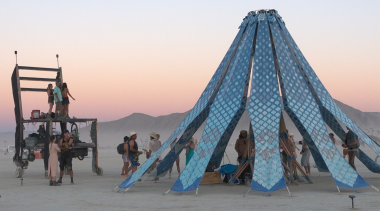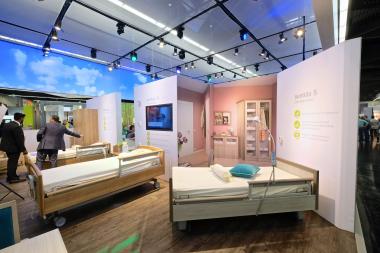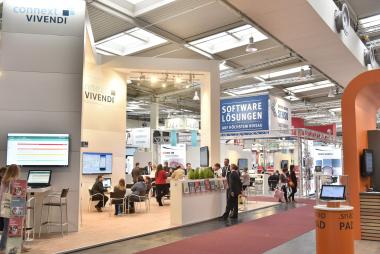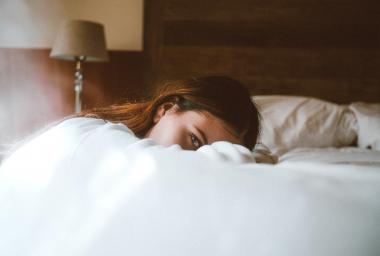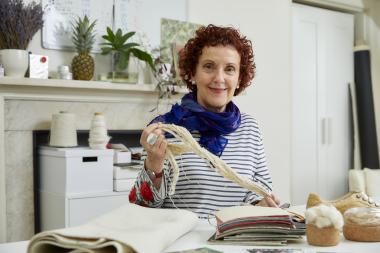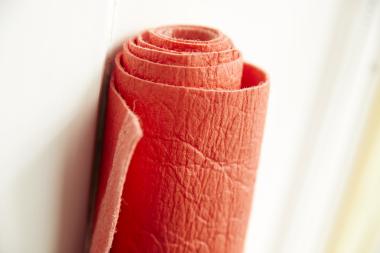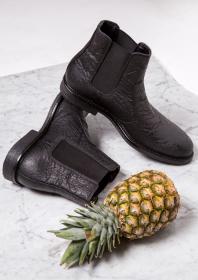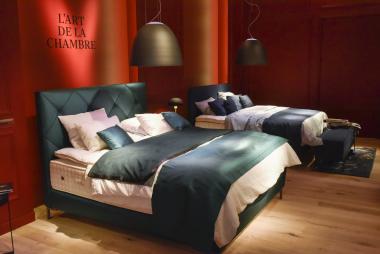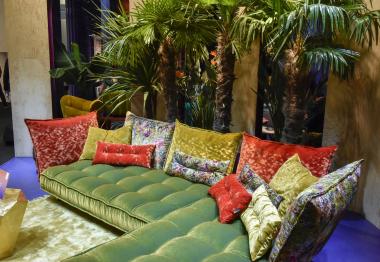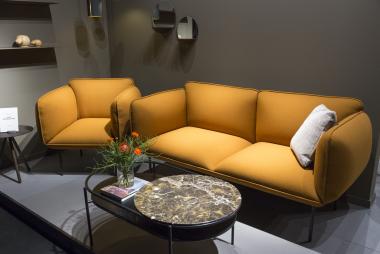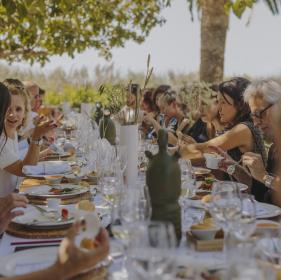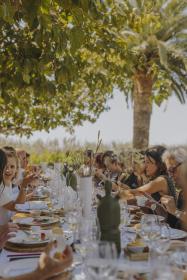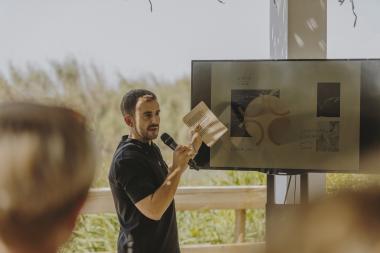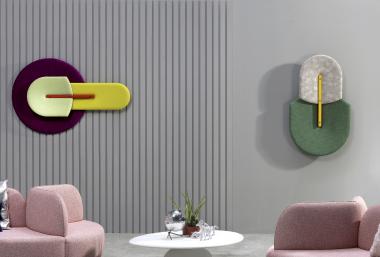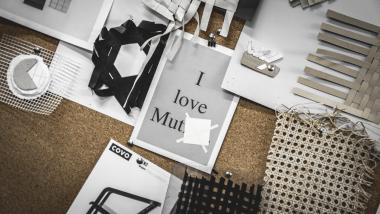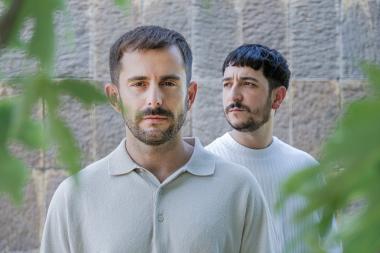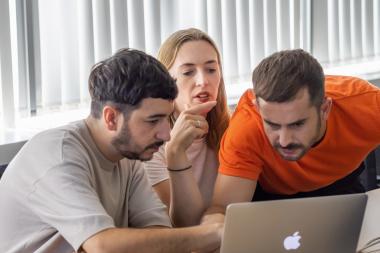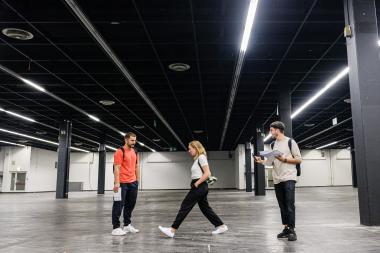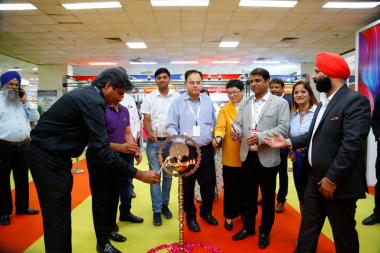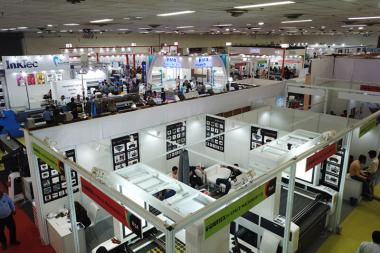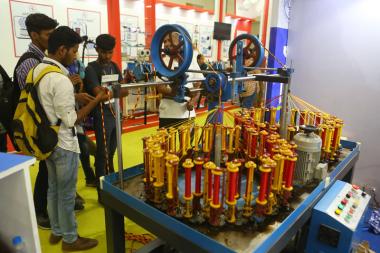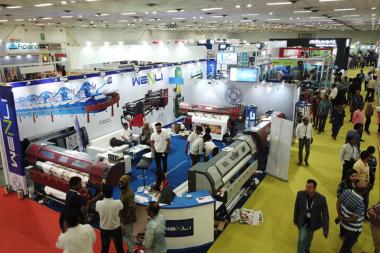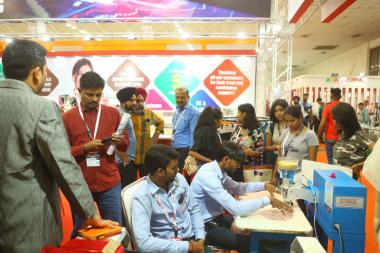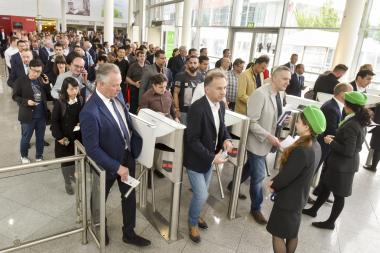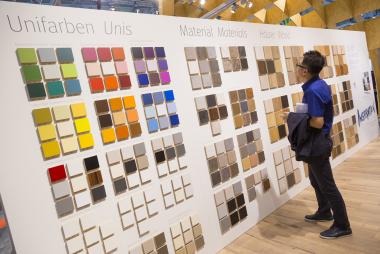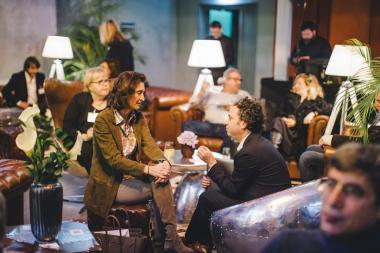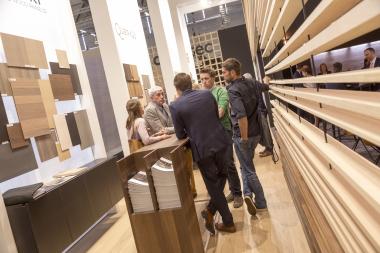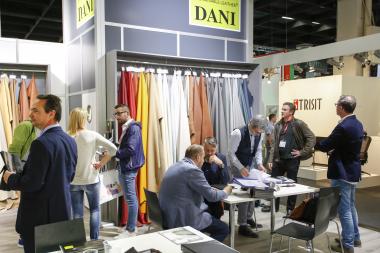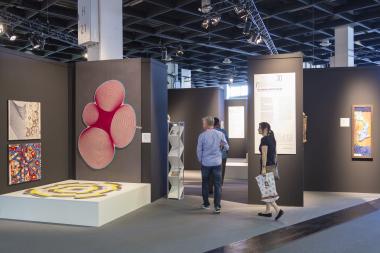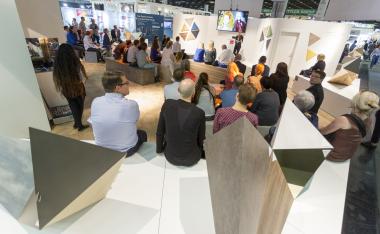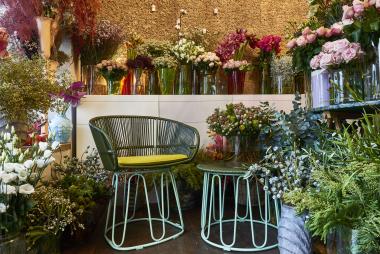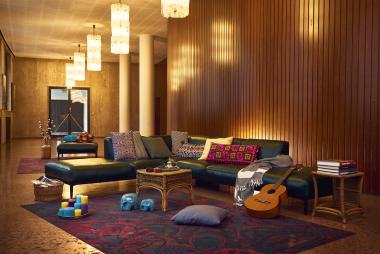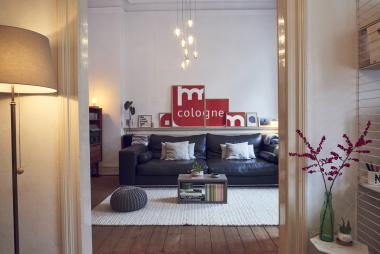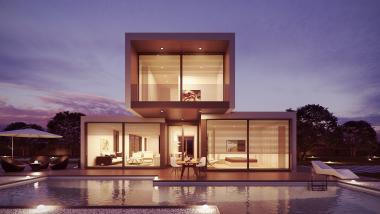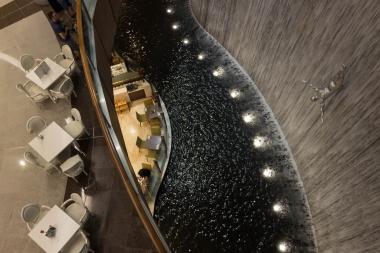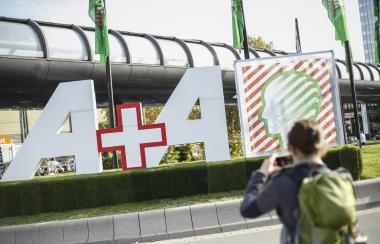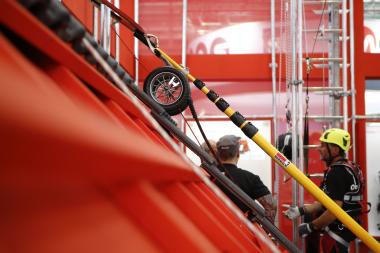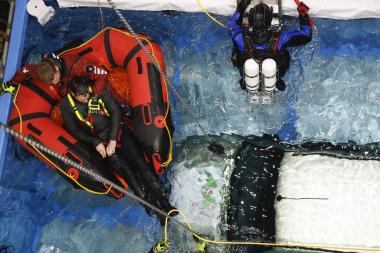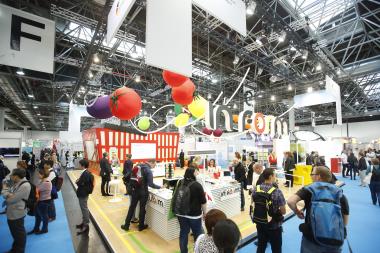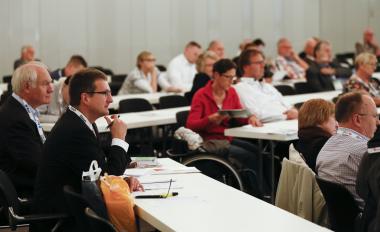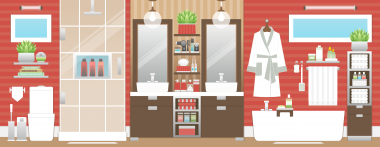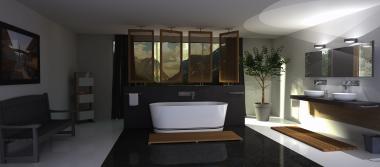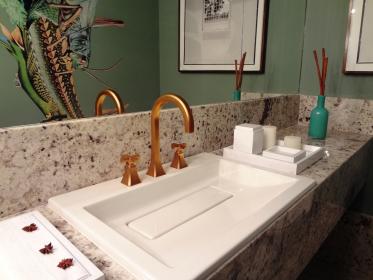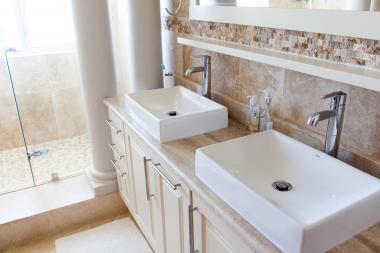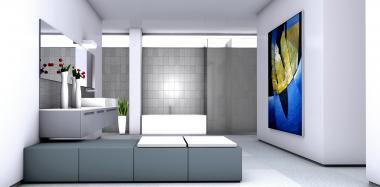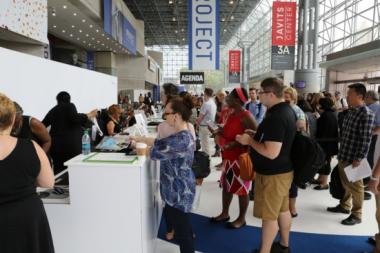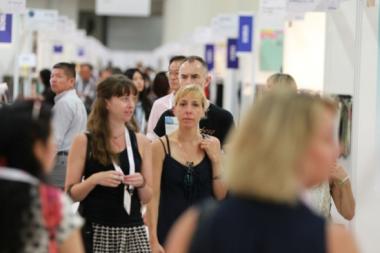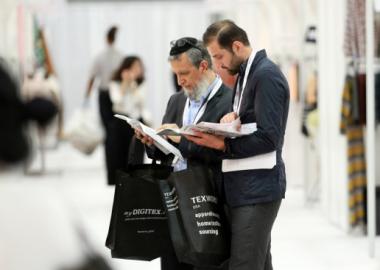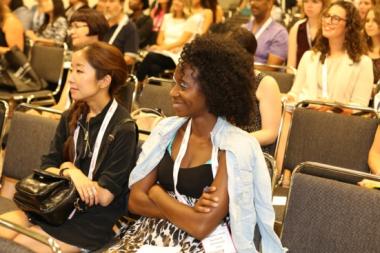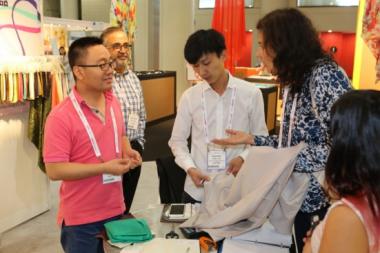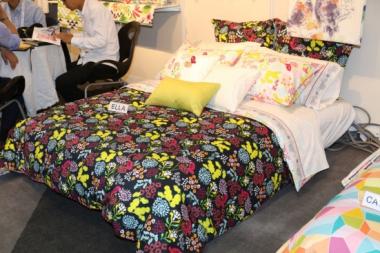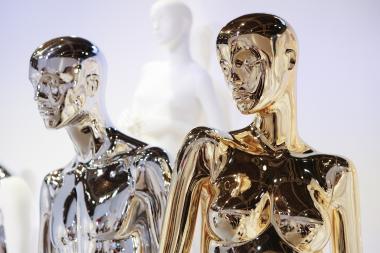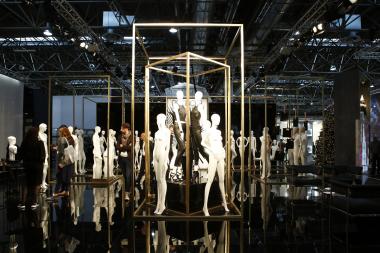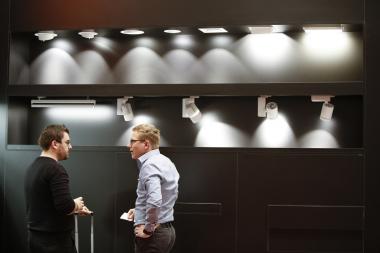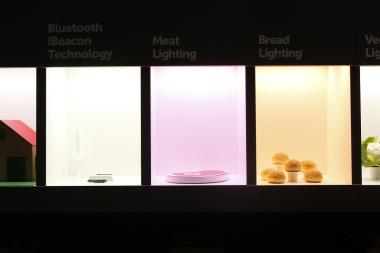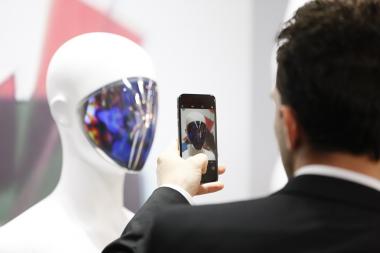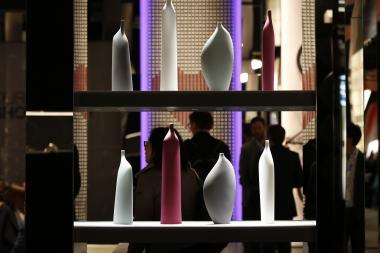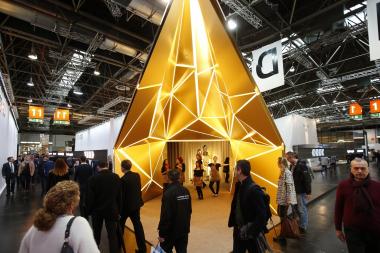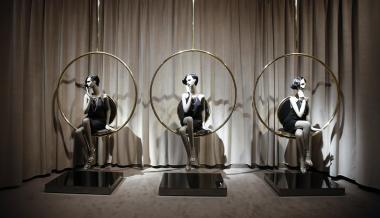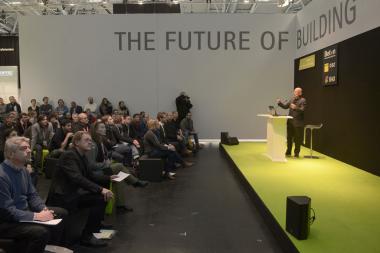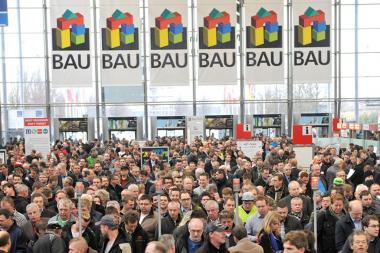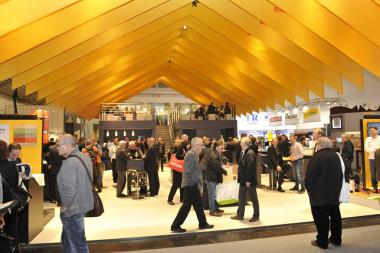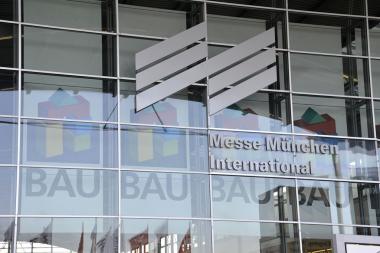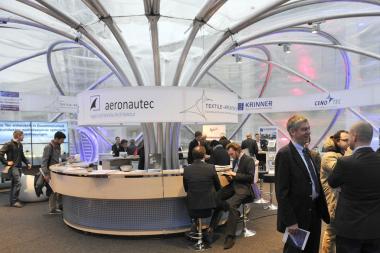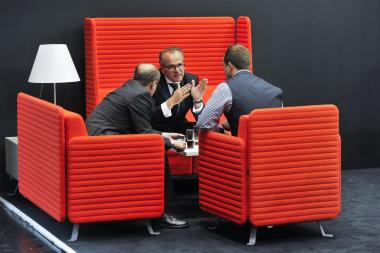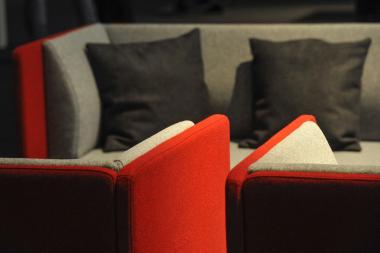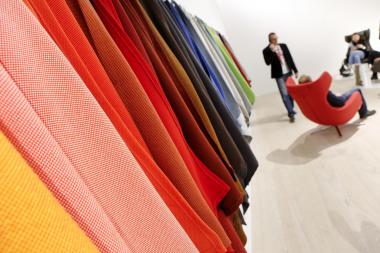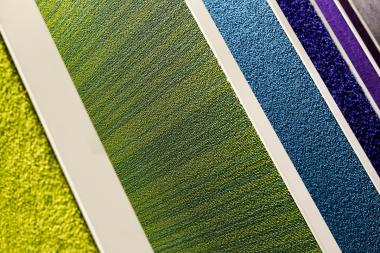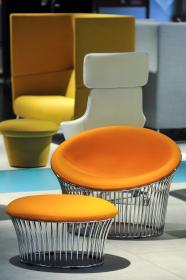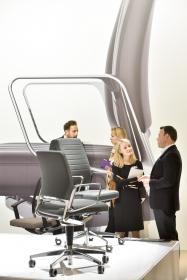From MIT to Burning Man: The Living Knitwork Pavilion
Set against the vast and surreal backdrop of the Black Rock Desert in Nevada, Burning Man is an annual gathering that transforms the flat, barren expanse into a vibrant playground for artistic and creative expression. Here, "Burners" come to both witness and contribute to the ephemeral Black Rock City, which participants build anew each year. With its myriad art installations and performances, Black Rock City is a temporary home for creative minds from around the world.
This year among the large-scale art stood the Living Knitwork Pavilion, an unusual architectural piece crafted from knitted textiles and a lattice network of wood. Developed and built by a team of researchers from the MIT Media Lab and MIT School of Architecture and Planning, and led by PhD student Irmandy Wicaksono, the installation received a 2023 Black Rock City Honorarium. For the team, it was a highly challenging and fulfilling project, full of learning and surprises. Seeing it emerge and illuminate in the middle of the desert was truly magical.
In the Living Knitwork Pavilion, 12 modular fabric panels, known as Knitwork petals, are connected through a central tower. The whole installation stood as a dodecagonal pyramid shade structure, 18 feet tall and 26 feet wide, resembling a teepee. The fabrics were developed using digital machine knitting and a collection of functional and common yarns, including photochromic, luminous, and conductive yarns. Taking inspiration from the intricacy of textile patterns and temple carvings of Indonesia, Wicaksono leveraged the tension between knitted polyester and spandex yarns to create textural textile patterns or reliefs. The fusion of parametric and hand-designed motifs transforms the "Living Knitwork" into a narrative artwork, reflecting both a reverence for ancient artistry and a vision of the future. These reliefs, full of symbols and illustrations, depict 12 stories of the future — from solarpunk cities and bio-machine interfaces to the deep ocean and space exploration.
Burning Man and the Black Rock Desert are famed for their climbing enthusiasts and intense winds. Given that strong winds can make the fabrics behave like sails, exerting significant force, the team designed a structure capable of supporting the weight of many climbers, and withstanding wind speeds of up to 70 mph.
The finalized central structure of the pavilion consists of an asymptotic lattice network of lumber and joint elements, optimized for structural integrity while minimizing material use. The knitwork petals, integrated with double-knit structure and mesh openings, and thermoformed through melting yarns, maintain structural stability. Tailored channels for ropes and cables were also incorporated into the knitting design, ensuring each fabric and electrical component is securely anchored and protected, without compromising visual elegance. Facing winds that reached 36 mph this year, the Living Knitwork Pavilion remained steadfast throughout the Burning Man event, demonstrating its resilience in extreme desert conditions.
In support of Burning Man's push for more sustainable art, the Living Knitwork Pavilion utilized additive manufacturing of digital knitting. This method allowed for the creation of custom multi-layer textiles that are both aesthetic and functional, all while minimizing raw material use and waste. The team incorporated recycled materials in their fabrics, with 60 percent of the yarns coming from recycled plastic bottles. The pavilion also runs entirely on battery power and solar cells. The team worked together with the Solar Library, a sculptural solar panel that distributes energy to other arts on the playa, to eliminate generators and noise while promoting the use of renewable energy sources.
By day, the Living Knitwork Pavilion served as a shade structure, while providing a communal space for meditation and discovery. As the sun shifts through the day, hidden-encrypted textile patterns and visual experience are revealed through photochromism and luminescent glow. As dusk descended upon the desert, the pavilion underwent a metamorphosis, illuminating its surroundings through an immersive lighting and audio system. Through a distributed network of antennas embedded within the central structure and each knitwork petal, the team’s ultimate goal was to create an intimate experience that allows individual and collective movement and activity to influence the overall ambience of the space, involving sound and illumination.
Throughout Burning Man, the pavilion also hosted pop-up events, from yoga sessions, dance performances, live music, and even a wedding ceremony. Unfortunately, in the last two days of the event, a heavy rainstorm hit the Black Rock Desert — a rarity for the event. Yet, this climatic twist worked in favor of the pavilion, helping cleanse its textile surface from the accumulated dust and reviving its vivid blue color.
The result of this grand project is a collaboration that transcends disciplinary boundaries. The research team aims to exemplify the remarkable possibilities that arise when architecture, technology, and textile arts converge and bring communities together.
The interdisciplinary group behind the Living Knitwork Pavilion includes researchers from across the Media Lab, the MIT Center for Bits and Atoms, and the Department of Architecture: Irmandy Wicaksono, Sam Chin, Alfonso Parra Rubio, Nicole Bakker, Erik Strand, Gabriela Advincula, Manaswi Mishra, Age van der Mei, Judyta Cichoka, Tongge Yu, and Angelica Zhang.
Massachusetts Institute of Technology MIT News


